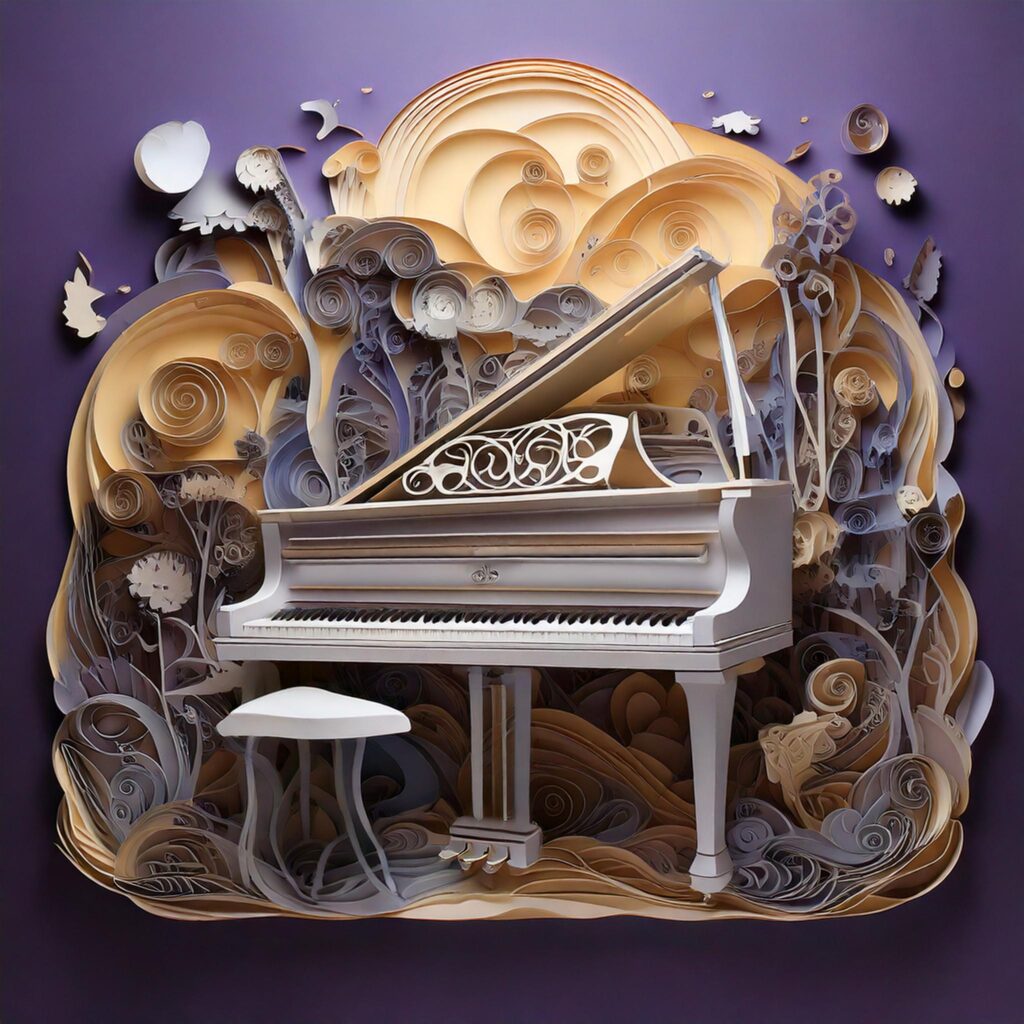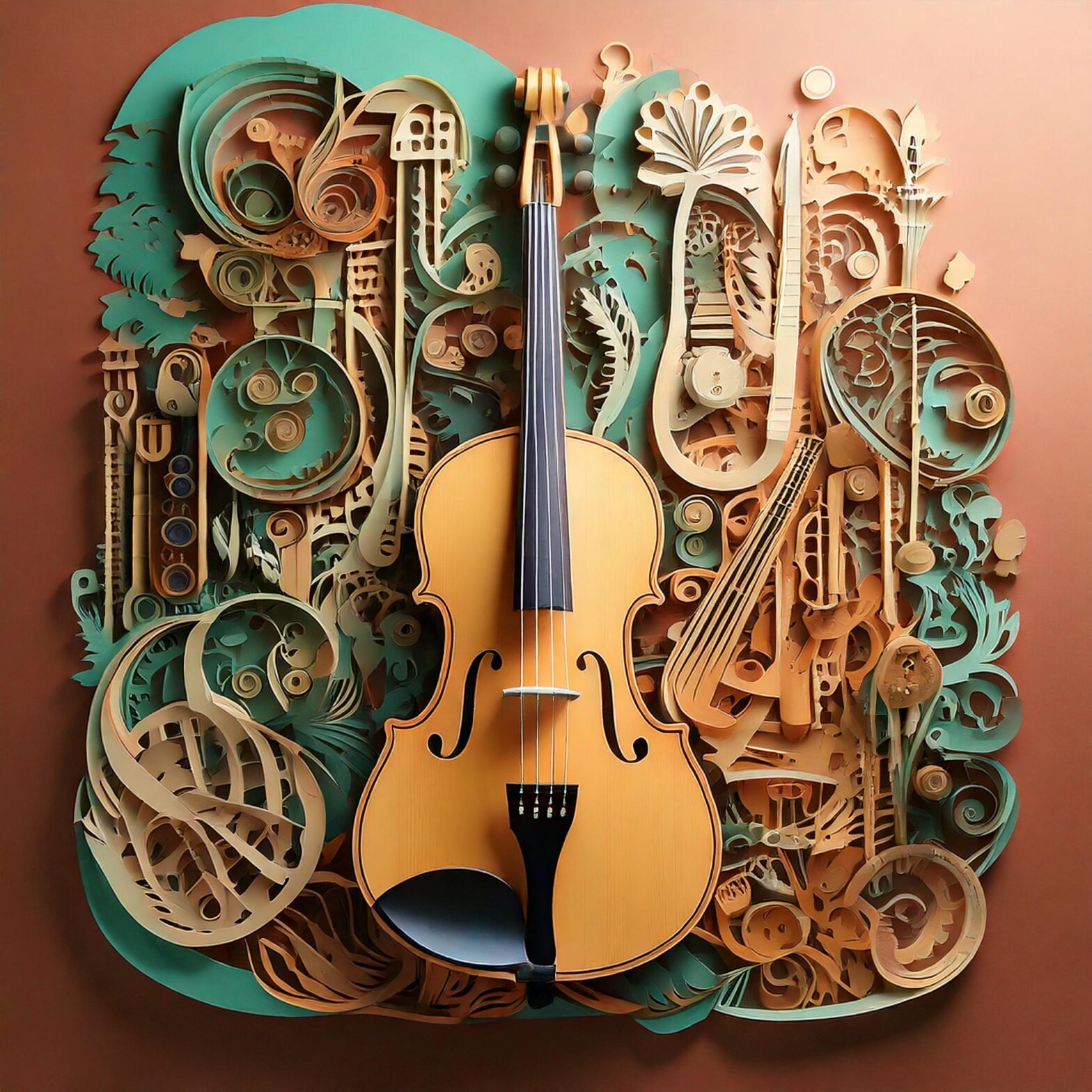Ludwig van Beethoven is celebrated as one of the greatest composers of all time, known for his revolutionary contributions to classical music. What often goes unrecognized, however, is his deep relationship with the instruments he played and composed for. These instruments were not merely tools in Beethoven’s hands; they were extensions of his creativity and expression. From the piano, which he elevated to new heights, to the orchestral ensembles he transformed, Beethoven’s mastery of multiple instruments shaped his compositions in ways that would forever change the musical landscape.
As a skilled pianist, violinist, and organist, Beethoven’s ability to play and understand various instruments profoundly influenced the way he wrote for them. He knew their strengths and limitations and, in many cases, pushed their boundaries. Through his compositions, he brought these instruments to life, allowing them to express complex emotions and stories in ways never heard before.
This blog will explore not only the instruments Beethoven played but also the ones he composed for—and even those he didn’t. By understanding the tools he used to create his masterpieces, we can gain a deeper appreciation for the genius behind the music.
Beethoven’s Instrumental Mastery – What Instruments Did Beethoven Play?
My article The Life and Legacy of Beethoven: From Birth to Death discusses Beethoven’s early development as a musician. And as we know, Beethoven was most renowned for his expertise on the piano, which became his primary instrument. As a pianist, he not only performed but also composed groundbreaking works that expanded the piano’s role in classical music. His proficiency allowed him to compose some of the most significant piano sonatas ever written, including the famous “Moonlight Sonata” and “Appassionata.”
What Instruments Did Ludwig van Beethoven Play?
In addition to the piano, Beethoven was skilled in playing the violin and the organ. His violin studies began early, and while he never achieved the same level of fame as a violinist, his knowledge of the instrument was reflected in his violin concertos and string quartets. Beethoven also trained on the organ during his youth, often playing it in church services in his hometown of Bonn. Though he did not compose extensively for the organ, this experience shaped his early understanding of harmony and composition.
How Many Instruments Did Beethoven Play?
Beethoven was proficient in at least three instruments: the piano, the violin, and the organ. However, he also had exposure to other instruments through his compositions, orchestral work, and collaborations with other musicians. While he may not have played instruments like the flute, oboe, or cello himself, his deep understanding of their capabilities is evident in the music he composed for them. Thus, Beethoven’s versatility was not just as a performer but as a composer who could write masterfully for various instruments.
The Piano: Beethoven’s True Companion

Which Instrument Did Beethoven Compose the Most Music For?
Without a doubt, Beethoven’s primary instrument and the one for which he composed the majority of his music was the piano.
And, oh boy, his piano compositions are one of the 11 Reasons why Beethoven is a great Composer.
Throughout his life, the piano remained central to his artistic output, and his compositions for it helped transform the instrument’s role in classical music. Beethoven’s deep personal connection with the piano was evident in how he used it to express his most intimate thoughts and emotions, particularly as he began to lose his hearing.
Beethoven x Piano
Beethoven’s piano works cover a vast range, from delicate, lyrical pieces to thunderous, technically demanding compositions. The piano evolved significantly during Beethoven’s lifetime, and he pushed its capabilities further than any composer before him. His works for the piano, like the Moonlight Sonata and the Hammerklavier Sonata, not only challenged performers but also explored new depths of emotion and technical complexity.
The Moonlight Sonata, for example, with its melancholic first movement, became one of Beethoven’s most famous pieces. Meanwhile, the Hammerklavier Sonata, known for its immense difficulty, represents a landmark in piano music, pushing both the instrument and the performer to their limits. Through these and other piano compositions, Beethoven expanded the technical and expressive possibilities of the instrument, leaving an indelible mark on the history of piano music.
Other Instruments Beethoven Composed For
What Instruments Did Beethoven Compose For?
While Beethoven is best known for his piano compositions, his genius extended far beyond a single instrument. He composed extensively for string quartets, symphonies, and orchestras, utilizing a variety of instruments. Among the most prominent were the violin and cello, which featured heavily in his string quartets and symphonic works. His chamber music, especially his string quartets, remains some of the most revered in the classical canon, with intricate interplay between the violin, viola, and cello.
Beethoven’s orchestral works further demonstrate his mastery over larger ensembles. In his symphonies, he incorporated instruments such as the flute, oboe, clarinet, and bassoon, adding rich layers of texture to his music. His groundbreaking Symphony No. 9, for instance, showcases his ability to weave together the voices of strings, woodwinds, brass, and percussion into a cohesive and powerful whole. These symphonies were not only revolutionary in their complexity but also in their sheer emotional range.
Thinking of Beethoven’s deafness, it’s incredible to see that this didn’t hinder his ability to compose for various instruments.
An Orchestral Genius
Beethoven didn’t just compose for a wide range of instruments—he transformed how they were used. His use of brass instruments like the horn and trumpet was particularly bold, bringing them to the forefront of his symphonies rather than relegating them to a supporting role. The timpani (kettledrums), too, gained new prominence under Beethoven’s pen, often used to heighten tension and drama, as in his Symphony No. 5.
Perhaps most revolutionary was Beethoven’s inclusion of the human voice in his Ninth Symphony, a monumental innovation at the time. By using a full chorus and solo vocalists in the final movement (the famous “Ode to Joy”), Beethoven expanded the possibilities of what a symphony could be, blending instrumental and vocal music in a way that had never been done before.
Instruments Beethoven Did Not Play
What Instrument Did Beethoven Not Play?
While Beethoven was a prodigy on instruments like the piano and violin, he did not master every instrument that he composed for. Beethoven composed for a wide variety of instruments within symphonic and chamber settings, but not all of them were part of his personal repertoire. For example, Beethoven did not play wind instruments such as the oboe, flute, or clarinet—despite composing for these instruments in his symphonies and chamber works.
Were There Instruments Beethoven Never Mastered?
Indeed, there were several instruments that Beethoven wrote music for but did not personally play. The percussion instruments, such as the timpani (which Beethoven famously featured in his symphonies), were not instruments he had hands-on experience with. He composed for brass instruments like the trumpet and horn, but he never played them himself. These instruments, essential to many of his grander orchestral works, relied on his understanding of orchestration and harmony, rather than personal mastery.
Despite this, Beethoven’s innovative use of these instruments—whether it was the powerful blast of brass or the subtle tones of woodwinds—showcases his genius for writing music that pushed their expressive capabilities, even if he never played them.
Beethoven’s Impact on Instrumental Music
How Beethoven Pushed Instrumental Boundaries
Beethoven was not just a composer; he was an innovator who fundamentally changed the way musicians and composers thought about their instruments. His compositions pushed instrumental boundaries, demanding more from musicians and their instruments than had ever been required before.
For instance, his piano compositions like the Hammerklavier Sonata challenged the technical limits of both the instrument and the performer. Beethoven wrote with an unprecedented level of complexity, using the full range of the piano’s dynamics, from the softest pianissimo to the loudest fortissimo, creating a depth of emotion that hadn’t been explored in such detail before.
In his symphonies, Beethoven expanded the orchestra’s capabilities, most notably in his Ninth Symphony, where he introduced the human voice—a bold and revolutionary decision that redefined what a symphony could be. His innovative use of instruments like the timpani, horn, and bassoon demonstrated his genius in blending instruments in ways that added layers of emotional texture to his works.
Beethoven also elevated instruments such as the cello and viola, giving them more prominence than ever before in his string quartets. He empowered these instruments with melodic lines and harmonic depth, ensuring that every part of the ensemble played an integral role in his compositions.
The Legacy of Beethoven’s Instrumental Compositions
Beethoven’s relationship with instruments left an enduring legacy on classical music and future generations of composers. His willingness to experiment with the capabilities of instruments paved the way for 19th- and 20th-century composers like Franz Liszt, Johannes Brahms, and Richard Wagner, who further explored the expressive potential of orchestras and pianos.
He continues to inspire artists all over the world, including me and my own endeavors on the keys. Especially the opening track of my piano album, Mythanien, is deeply influenced by Beethoven’s emotive style, and you can explore it here:
Beethoven’s influence on instrumental composition can be seen in the way modern composers continue to push the boundaries of instrumental music. His understanding of how to use instruments not just as accompaniment, but as primary vehicles for emotional storytelling, remains one of his most lasting contributions to music. Future composers took his lead, realizing that instruments could express emotions as profoundly as any human voice.
From the concert hall to the recording studio, Beethoven’s instrumental innovations continue to resonate, proving that his legacy is far from confined to his own era. His compositions remind us that music is not just about the notes, but about pushing the possibilities of what an instrument – and a musician – can do.

